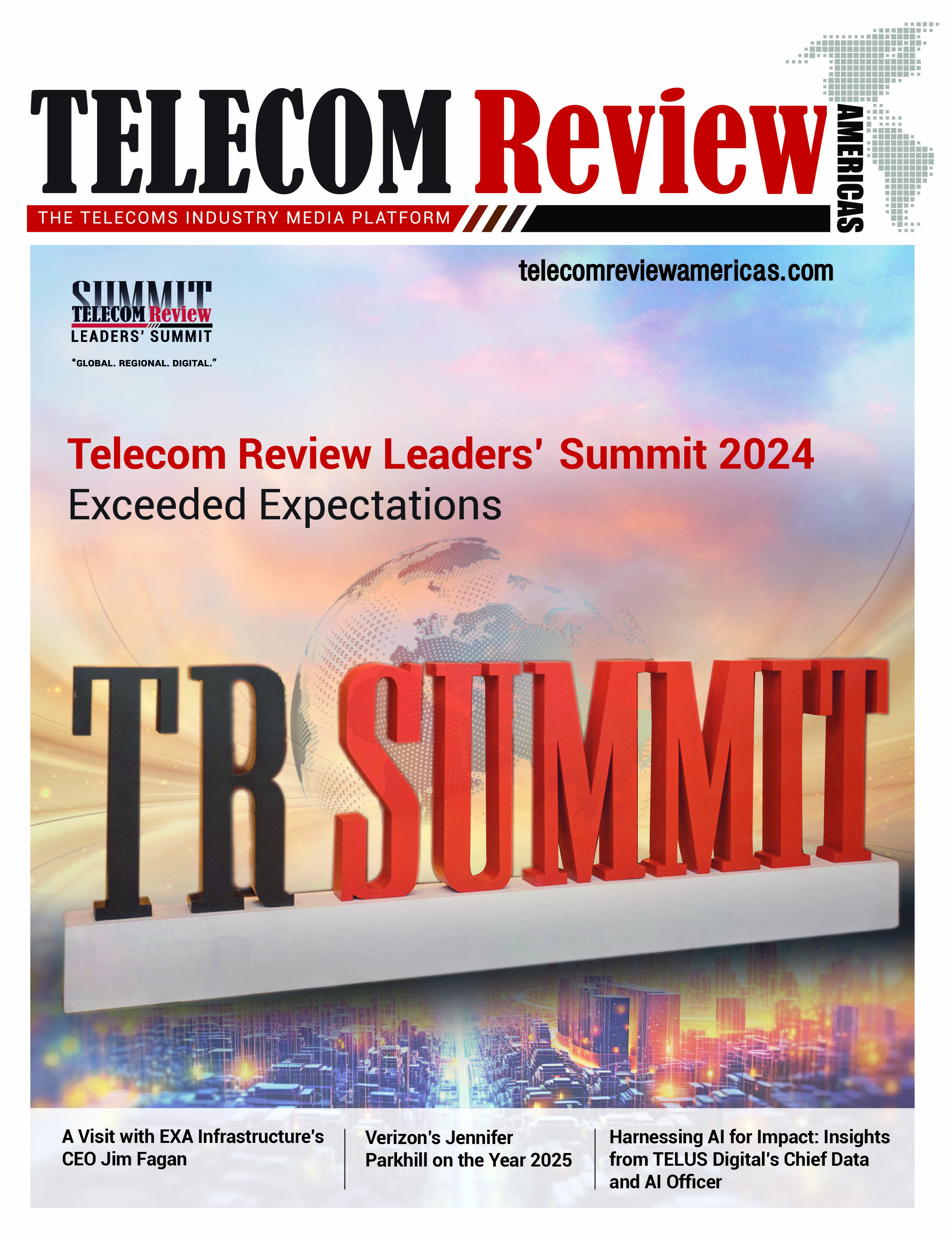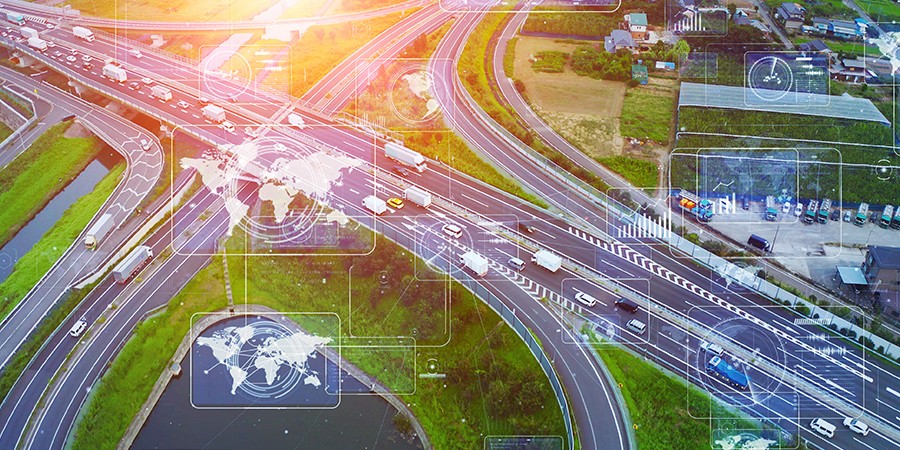The future of telematics is here, whether in driving your personal vehicle or managing a whole fleet. Exciting areas of telematics innovation now include intelligence data, performance benchmarking and urban analytics for smart cities.
2023 seems to be a promising year for fleet management technology as industries continue to drive innovation. Together with telematics, the transport and fleet industry businesses are increasingly focused on enhancing their planning and are more open to new technologies.
Artificial intelligence (AI) is poised to weave its way into vehicles more than before, and the EV rollout will continue to be deployed globally. Not to mention the emergence of various smart dashcams, sensors and other advanced devices that will soon enough be the new norm for fleet telematics.
Figures show that 75% of fleet managers rely on fleet management software or vehicle telematics to help support their day-to-day operations, with the installed base of fleet management systems in the Americas to hit 34 million units by 2026.
The more than 30 players with installed bases of a minimum of 100,000 active fleet management units in the Americas are anticipated to grow exponentially. Who wouldn’t want the benefit of cost reduction, improved productivity, lowered maintenance and minimized risk?
A Valuable Duo: Fleet Telematics
Telematics and fleet maintenance software (FMS), when combined, unleash a flood of real-time fleet insights and tangible benefits that are much needed in the fast-transforming automotive environment.
Integrating telematics and FMS provides more visibility into fleet operations than ever before and helps fleets prevent fuel theft, automate maintenance workflows, improve driver safety as well as data accuracy and save time through automation, among other advantages.
Verizon Connect is among the leading fleet telematics providers in the Americas, and according to Berg Insight, driven by growth strategies based on M&A activity and high-pace organic growth, a future scenario of the global fleet management market being dominated by a handful of providers will emerge. Over ten solution providers have already surpassed the milestone of one million connected units.
The adoption of telematics has already begun across various industries, and the increasing appetite for greater connectivity and intelligence in vehicles drives the technology itself to evolve and grow in extended power and capacities.
Imagine a highly intelligent computer in your vehicle that is able to report on nearly every detail — from speed, fuel use and low tire pressure up to accurate road position, vehicle faults and other engine-related diagnoses. All this describes how telematics works, also known as global positioning system (GPS) fleet tracking.
Telematics systems do more than just keep fleet managers updated on the location of their vehicles. They can greatly streamline communication, job dispatch and routing, and also record and transmit information on the engine performance and driver conduct.
The versatility of telematics – relaying information over long distances – has guaranteed its instrumental role in fleet management. It is already delivering major improvements to safety, productivity and profitability, with businesses across the world integrating telematics systems into their fleet operations to continue to reap significant rewards in the long term.
- Utilizing Data in an Actionable Way
Interestingly, the average US driver spends 17,600 minutes driving annually, producing between 380 and 5,100 terabytes of data per year. With fleet management data, you can easily gain visibility into the activity of your vehicles. Partnering with a reliable fleet management provider will lead you to a unique position to see exactly how data is being used. There are millions of data points available from hundreds of thousands of connected commercial vehicles, and from these, real-time, actionable insights are derived.
For example, artificial intelligence (AI) and machine learning are making waves in telematics, notably in video systems, offering the ability to analyze events and automatically alert managers and owners to incidents that require attention. This enables a breadth of new data analytics.
With built-in fleet tracking solutions, telematics can provide richer diagnostic data, with no installation downtime and warranty options, via devices and other connected hardware or sensors. Once the data is decoded and brought into the fleet management software app for reporting and analysis, users can view and export reports and gain business intelligence.
In essence, businesses that use data in an actionable way will thrive in the digital era, and this includes fleet operators.
- Technologies That Go Beyond GPS
As the fleet technology landscape continues to evolve, there are advanced developments like 5G connectivity, smarter sensors and more intuitive software powering fleet and field service data.
Telematics integrates cellular and satellite connectivity technologies with GPS tracking for real-time visibility as well as diverse and flexible coverage.
In-vehicle devices are mounted to be connected to the internet using wireless networks or satellite modems. GPS modules contained in the in-vehicle device capture the latitude and longitude coordinates and elevation to be mapped and geo-coded, matching physical addresses.
Along with mapping service providers and tools like geofences, landmarks, traffic data, road speed data and more, help fleet managers to derive powerful insights.
Cloud services are also critical in storing, displaying and protecting the data, not to mention the SaaS services for fleet management developed such as web-based and mobile-application-based tools.
Telematics is also paving its path to contribute significantly to the Internet of Things that Move (IoTtM). Specifically, in transport and freight sectors, these IoT adopters allow the data to be used for more efficient routing and scheduling as well as generally better-optimized use of resources.
Going Green and Sustainable
A green fleet management strategy is critical in today's climate, with businesses aiming to lower their fleet emissions through a variety of methods. With telematics, fleet managers and businesses are equipped with the tools to monitor and reduce their oil and energy consumption. Organizations can use telematics to understand fleet consumption trends and optimize usage for a greener planet.
Reducing fuel costs and environmental impact, Telia’s Eco-Driving solution provides drivers with real-time data on braking, acceleration and driving patterns. According to the telco, its solution has effectively reduced fuel costs by 12% per vehicle in a year.
Adopting telematics and green fleet technologies is on the rise with the discussion of sustainability worldwide being in the spotlight. Without a doubt, fleet management solutions leverage telematics to help achieve the sustainability goals of fleets.
Another popular option for green fleet management nowadays is electric vehicles (EVs). In March 2023, the city of Detroit is welcoming its first all-electric fleet under the Municipal Parking Department (MPD), consisting of 48 new Chevy Both EVs and 25 on-site Level 2 charging stations.
From the telco’s side, T-Mobile has been working with Geotab Telematics to offer a solution that shows real-time data of the EV charging points to encourage the use of EVs.
Furthermore, the use of route optimization software will enhance fleet operations while lowering carbon footprint by using dedicated algorithms that operate in tandem with GPS systems to find out the best and fastest routes. This can promote efficient driving and reduce unnecessary idling.
Through the Vodafone Business Fleet Analytics, real-time operational data helps maximize the performance of vehicles by managing their routes and provides proactive coaching for improving drivers’ safety.
Overall, managing a large fleet while implementing sustainability initiatives can seem like a daunting task, but by gathering and analyzing data from various sources, such as telematics, vehicle, truck coach and bus operators, among others, can gain valuable insights into their operations, reduce costs and integrate new vehicle technology.


































